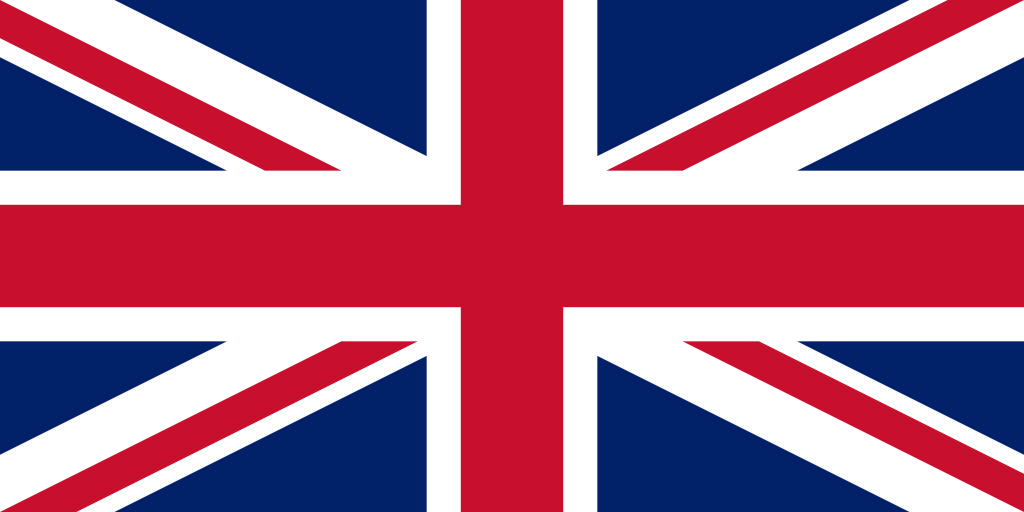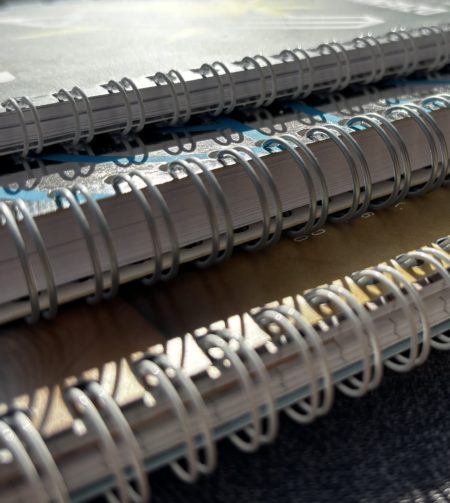Spiral binding is one of the most popular and versatile ways to fold documents, catalogs or brochures. It is convenient, flexible, and aesthetically pleasing. However, as with any process, it’s easy to make a few mistakes that can make your project not look as professional as you expect. Today, we’ll talk about the six most common mistakes when choosing spiral binding and give you tips on how to avoid them so that your project not only looks great, but is also comfortable to use.
1. Choosing the wrong spiral size
Let’s start with the basics – spiral size is a key issue in spiral binding. It would seem that the size of the spiral does not matter much, but this is a huge mistake. A spiral that is too large will make the pages “fly” and make the whole thing look sloppy. On the other hand, a spiral that is too small can damage the pages and prevent them from flipping comfortably.
To avoid this mistake, choose the size of the spiral according to the number of pages in the document. It is also worth thinking about the thickness of the paper. The thicker the paper, the larger the spiral you will need. Remember that the optimal size of the spiral provides not only aesthetic appearance, but also comfort.
2. Spiral binding – ignoring the type of paper
It seems that the choice of paper type has little to do with spiral binding, but this is not true. A poorly chosen paper can negatively affect the entire binding. For example, paper that is too thin can easily bend or even tear where the spiral pierces the pages. On the other hand, very thick paper can make the spirals not fit well.
Before you decide on a particular type of paper, consider how often the document will be used. If it is a catalog that is expected to survive many months of use, choose a paper with a heavier weight. But be sure not to overdo it – paper that is too thick can lead to binding problems.
3. Misplaced spiral holes
Spiral holes are another element that seems unimportant, but has a huge impact on the final result. Too close to the edge can cause pages to tear easily, especially with thin paper. On the other hand, placing the holes too far from the edge makes turning the pages difficult. This negates the functionality of the spiral binding.
To avoid this, it’s a good idea to pay attention to industry standards for hole placement. Ask for help from professionals who can advise you on the optimal placement of spiral holes.
4. Spiral binding – choosing the wrong spiral color
The color of the spiral may seem like a small thing, but it actually has quite an impact on the aesthetics of the final design. A poorly chosen spiral color can spoil the entire visual effect. A common mistake is to choose a neutral spiral (black, white) without thinking about whether it matches the graphic design.
Before you decide on a color, think about how the whole binding will look. Match the spiral to the overall style of the document. If your design is colorful and modern, consider more creative solutions, like spirals in a color that matches the main design palette.
5. Spiral binding vs. lack of cover protection
Another common mistake is the lack of proper cover protection. Spiral binding is great for documents that are frequently used and turned over, but without a proper cover it can quickly deteriorate. Thin covers can easily scratch or even tear, negatively affecting the entire look of your project.
Consider adding a thicker, more durable cover – for example, plastic or rigid cardboard. This will not only make your documents look nice, but will also last longer in good condition.
6. Improper choice of spiral type
There are different types of spirals available on the market, such as metal and plastic. Choosing the wrong material can affect both the appearance and durability of your project. Plastic spirals are flexible and cheaper, but they can easily deform, which negatively affects the aesthetics and durability of the document. Metal spirals, on the other hand, are more elegant and durable, but can be less flexible with frequent use.
Consider how intensively your documents will be used and what visual effect you want to achieve. If your catalogs or brochures will be frequently viewed, it’s worth investing in durable metal spirals. This is especially important when aesthetics are key. On the other hand, for simpler promotional materials that will be used for a short time, plastic may be sufficient.
Summary
Spiral binding is ideal for those seeking a functional solution. It also offers an aesthetically pleasing way to bind documents. However, as with any technology, it is possible to make a few mistakes that will negatively affect the final result. By avoiding the six pitfalls described above, you ensure your projects look professional. They will also be pleasant and convenient to use.
Remember to always pay attention to the size of the spiral, the choice of paper, the proper placement of holes and the quality of printing. Also take care of aesthetics by choosing the right color of the spiral and adding a solid cover. This will ensure that your projects not only look great, but will also last a long time for users.
If you have questions or need help choosing a spiral binding, contact us – we’ll be happy to help you make the best decision!





